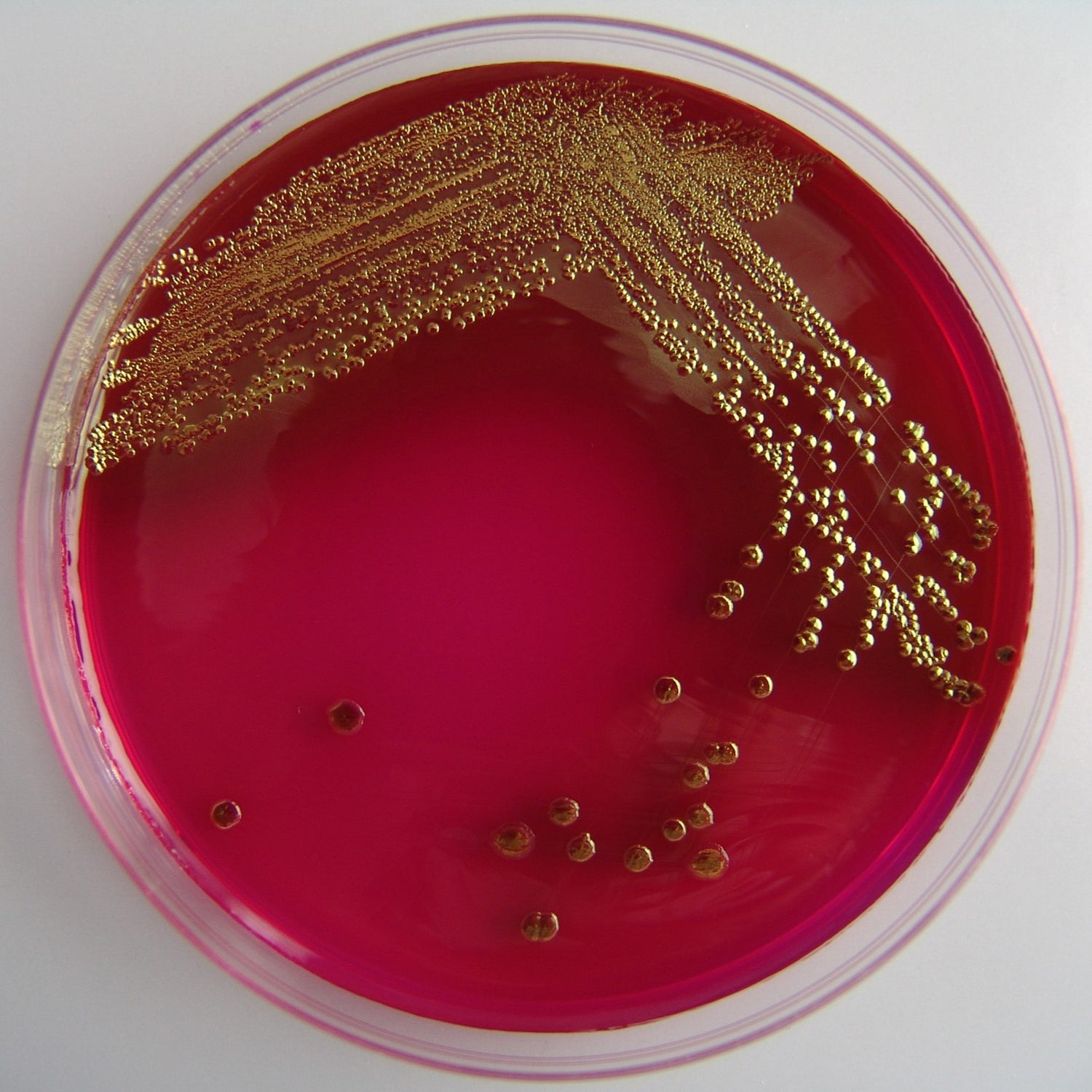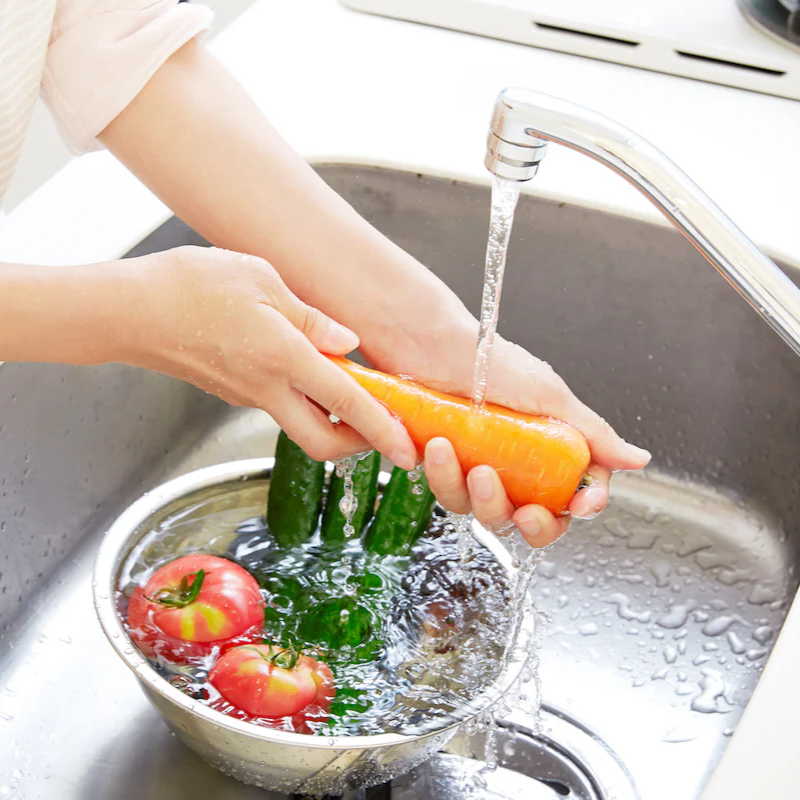Ensuring food safety is paramount in preventing bacterial contamination and safeguarding health. Among the numerous bacteria that can compromise food safety, Escherichia coli (E. coli) is a significant concern. Certain strains of E. coli, especially E. coli O157, can cause severe foodborne illnesses, leading to symptoms ranging from mild gastrointestinal distress to life-threatening conditions. Alongside E. coli, other harmful bacteria such as Salmonella, Listeria, and Campylobacter also pose risks. Understanding these threats and implementing effective preventive measures are crucial to protecting your health and that of your family.
This article will provide a comprehensive overview of E. coli and other common foodborne bacteria, their associated health risks, and practical strategies to mitigate these risks. It will also introduce advanced food safety technologies, focusing on the Milerd Detoxer, to enhance your food safety practices.
Understanding Escherichia coli and Other Foodborne Bacteria
Escherichia coli (E. coli) is a type of bacteria commonly found in the intestines of humans and animals. While most E. coli strains are harmless and play a role in gut health, some pathogenic strains can cause serious illness. Notable among these is E. coli O157, which can lead to severe diarrhea, abdominal cramps, and in some cases, hemolytic uremic syndrome (HUS) — a life-threatening condition affecting the kidneys.Other Harmful Bacteria:
Health Risks
Infections from these bacteria can lead to a range of symptoms, including:
Traditional Methods of Food Protection
Proper cleaning is fundamental to reducing bacterial contamination:
Safe Food Handling:
Advanced Solutions for Enhanced Food Safety
Modern food safety technologies offer enhanced protection compared to traditional methods. These tools can more effectively target both visible and microscopic contaminants, providing a higher level of food safety.
Advanced cleaning technologies can:
Milerd Detoxer: An Advanced Food Safety Tool
The Milerd Detoxer is a state-of-the-art device designed to improve food safety through advanced cleaning technologies. It employs both ultrasonic and oxidative methods to remove contaminants effectively.
How It Works
Effectiveness Against Bacteria
The Milerd Detoxer has demonstrated high efficacy in removing harmful bacteria from food, including E. coli, Salmonella, and Listeria. It also excels in reducing pesticide residues, heavy metals, and mold, ensuring comprehensive food safety.
Testing Data:
Comparison with Traditional Methods
Compared to conventional washing techniques, the Milerd Detoxer offers superior performance in:
Consumer Benefits of Using Milerd Detoxer
Enhanced Safety
The Milerd Detoxer provides an added layer of protection by effectively removing harmful bacteria and other contaminants, ensuring safer food for you and your family.
Nutrient Preservation
The Detoxer maintains the nutritional value of food while enhancing safety, making it a healthier choice for food preparation.
Ease of Use
Features like an intuitive touchscreen interface and portability make the Milerd Detoxer convenient for both home and travel use.
Take Charge of Your Food Safety Today!
Protect your family from harmful bacteria like E. coli, Salmonella, and Listeria by implementing robust food safety practices. While traditional cleaning methods are essential, elevate your safety game with the Milerd Detoxer. This state-of-the-art device harnesses advanced ultrasonic and oxidative technologies to effectively remove harmful bacteria and contaminants from your food, ensuring it’s not only safe but also nutritious. Don’t leave your family’s health to chance—embrace comprehensive food safety solutions and invest in the Milerd Detoxer for peace of mind in your kitchen. Act now for a healthier, safer future!



Leave a comment
This site is protected by hCaptcha and the hCaptcha Privacy Policy and Terms of Service apply.